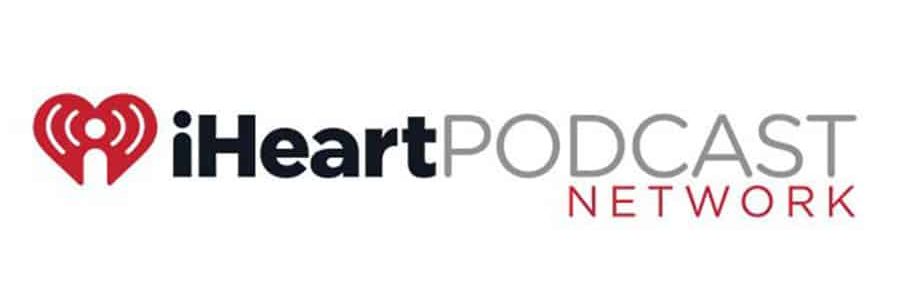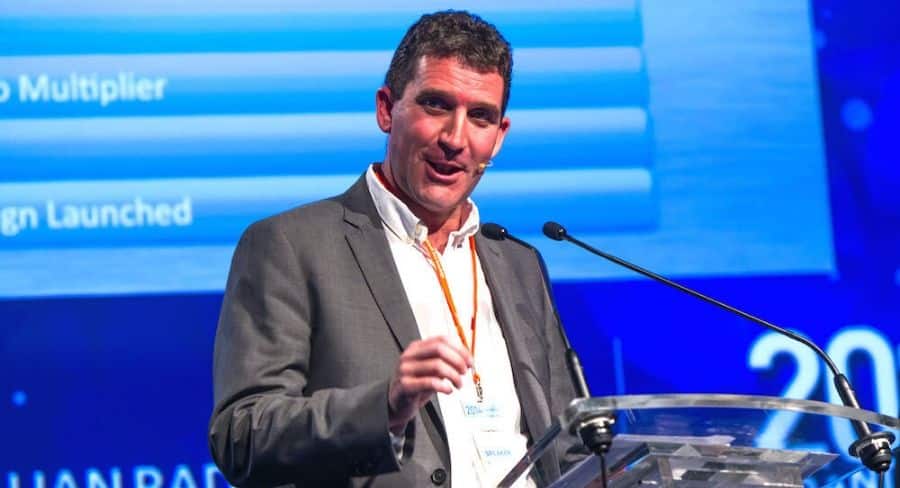“It has been a very challenging year,” is how most CEOs started their earnings calls in the past few days. This time it was HT&E chief executive Ciaran Davis talking to Mediaweek about how the ARN radio business had been buffeted by Covid-19.
“Halfway through the year who knew what was going to come,” continued Davis. “We had some scenarios that were for a lot worse than what we achieved. We have emerged a stronger business operationally and financially when you look at our balance sheet.
See also: HT&E full year results – after 22% revenue drop, recovery as radio market improves
“Our ARN broadcast radio continues to do well. We spend a lot of time talking about the strength of broadcast radio because it can get forgotten amongst new digital shining lights.
“Radio has never been healthier – the number of listeners continues to increase, and engagement is better than ever and the number of devices is growing. We are starting to see a recovery in the ad market.”
Davis noted that the TV ad market is recovering faster than radio. “People have been home a lot more and watching more TV. The [radio] direct market which is largely SMEs who have been hit hard and some of them are still not open yet or if they are their cash flow has been reduced, but that is starting to change.”
He suggested ARN will be unlikely to recover to former revenue levels during 2021. “We might not be as fast-growing as TV, we are certainly on the right road.”
Sector to get new audio sales advocate
Davis is looking forward to the recruitment of a chief commercial officer for Commercial Radio Australia. “That is an incredibly exciting role as CRA starts to focus more on the commercial side as well as the regulatory and legal side it does very well.
“We will be working with major brands and agencies and promoting radio’s strengths and to make it easier to trade with us, ultimately to grow radio’s share of ad spend. We hope that appointment is made by the end of Q1.” [CRA’s chief executive Joan Warner told Mediaweek the trade organisation has received some great applicants for the new role and preliminary interviews are underway.]
Radio v Podcasting
One thing that didn’t slow during Covid was the aggressive move by major broadcasters to expand their podcast offerings.
“Things like catchup podcasts of our shows are incredibly popular and growing enormously over the year,” said Davis.
“The strength of radio has been fuelled by people who like a sense of routine, some normality, they want to hear from local talent who they like and trust. Last year we saw people switch from in-car listening to at-home listening on smart speakers on iHeartRadio and they kept doing it at their regular times when the breakfast shows are on.”
Podcasting revenues are growing from both ARN catchup and original podcasts.
“We shouldn’t lose sight that podcasting from a revenue perspective remains in its infancy. It is going to grow – there’s no doubt about that. But let’s not lose sight that radio is live, local, connected, community, trusted – all attributes that advertisers really, really want.”

iHeartPodcast share
ARN’s iHeartPodcast Network has just celebrated if first birthday, quoting Podcast Ranker metrics that rank it Australia’s #1 podcast publisher for all that time.
“We have a way to go until we understand the most effective way to advertise on podcasts and have integration on shows,” admitted Davis. “We are learning as we go along. Our strategy has been to partner with local and international publishers to drive more awareness and more advertising into the market. We are taking time to learn where we need to invest more and where our capability needs more fine tuning.
“From an iHeart perspective we are very fortunate to have a relationship with iHeartMedia and we have the license exclusively until 2036. What it does for us is give us access to a global platform and we have a depth of content we couldn’t afford to create on our own.
“There is so much we could do in the creation of new digital brands, but we have to weigh that up with what the return is at the moment. We could launch something very shiny and maybe get 5,000 to 10,000 people listening, but that is very hard to monetise.
“Our sales strategy is merging the strength of our radio assets and our radio audience with our digital capability. That is helping us win share in radio and we are starting to see improved digital revenues coming through as well.”
iHeartPodcast Network strategy
Davis: “What we bring to partnerships is scale and an expertise in monetisation. Something that smaller operators couldn’t do. It is an area where you could spend a lot of money developing content and not have a success. That can be tricky because the margins in your own creations are much better than partnerships. As the market matures, we feel the partnership approach is the best way to learn from.”
Radio Ratings next week
There is just over a week until the first survey results of 2021. ARN has three of its four Sydney and Melbourne stations well positioned, but there are also some challenges around the network.
“I get nervous every ratings day when the results come out. Radio is so dynamic and so changing that the audience will shift quickly if you are not continuing to provide a product they like. We are very pleased with the stable of talent we have. Content-wise we are very happy how we have started 2021.”
ARN spent less on marketing in 2020 without a major impact on its ratings. But Davis noted that all broadcasters reduced their marketing spend during Covid.
